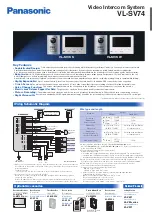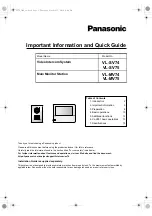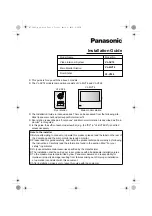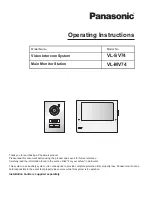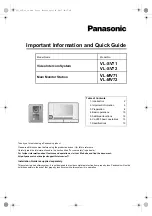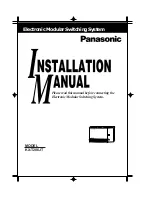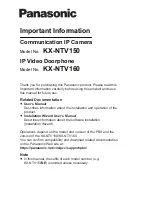
7.9 Supporting RAUPEX Pipe
RAUPEX pipe should be installed so that it is aligned and stable.
- Standard Copper Tube Size (CTS) hangers, including clevis and loop
hangers, can be used to support suspended sections of pipe.
- Suspended sections of pipe shall be installed so that there is no sag
in the pipe system.
- All materials in contact with the pipe shall be approved for use with
RAUPEX pipe.
- Ensure supports will not cut, scratch or damage the pipe.
- Suspended installations in wood-frame construction can utilize strut
channel hanging with all-thread as the support device with the
appropriate clamps to secure pipe to the strut. When clamping pipe,
be sure not to deform the pipe with the force of the clamp.
- Installations in steel-frame construction can be done similarly, but
can also use beam clamps to secure the all-thread to steel I-Beams.
- Steel joist space can be used as the support method.
When not installing in suspension, other support mechanisms for
RAUPEX pipe can be used. These include single nail hooks, pipe
support bends, talon drive hooks and locking clips. These can also be
used for smaller branch runs of pipe as well as to assist in making
bends to connect to
fi
xtures.
RAUPEX pipe up to 1 in. diameter must be supported with a maximum
spacing of 32 in (80 cm) horizontally and 10 ft (3 m) vertically.
RAUPEX pipe larger than 1 in. diameter must be supported with a
maximum spacing of 48 in (120 cm) horizontally and 10 ft (3 m)
vertically. Always comply with the prevailing local code for support
spacing intervals.
Fig. 7.18: Single nail hooks Fig. 7.19: Pipe support bend
Fig. 7.20: Talon drive hooks Fig 7.21: Locking clip
7.10 Supporting Fittings
Supports and clamps shall not be placed directly on the
fi
tting, multi-port tee or compression sleeve. Always comply with
prevailing local codes.
7.11 Copper Soldering
Proper soldering techniques must be followed when soldering all
compression-sleeve
fi
ttings according to the Copper Development
Association (CDA) Handbook:
- The surface of the
fi
tting soldering area must be properly cleaned for
a good solder connection. Applying
fl
ux is not considered suf
fi
cient
cleaning for the soldering area. Using a proper sanding or brush
technique is necessary to remove the surface oxides. In order to
prevent further formation of oxides, the
fl
ux should be applied
immediately after the cleaning process. A proper
fl
ux that is
compatible with the brass alloy must be used.
- Care must be taken to not overheat the soldering surface as this can
lead to the formation of oxides preventing good adhesion of the
solder material. It is imperative that the
fi
tting is heated evenly
around the entire surface so as to not overheat one particular area.
- All completed solder joints must be tested for joint integrity following
the procedures prescribed by prevailing local codes.
Fig. 7.22: Solder prior to making connection
Fig. 7.23: Never solder after connection has been made
WARNING
-
Use gloves and a holding tool. Heated pipe and
fi
ttings can cause
burns.
-
Never use a torch, open
fl
ame or heat gun on a pressurized system.
Exceeding the temperature pressure ratings will result in dangerous
separation of materials leading to serious injury or death.
-
Never rework a connection that is under pressure. Depressurize the
system, cut out connection and replace.
30




















